Description
- Identify how to assess the most common climbing injuries in the fingers
- Apply current research into the diagnosis and assessment of finger injuries
- Utilize assessments of mobility, muscle performance and movement during a clinical exam of a rock climber with finger pain
- Organize your interventions into a progressive pyramid to return a rock climber back to full function
- Understand how to address education, mobility, muscle performance, and climbing technique for a climber with finger pain
- Develop specific interventions targeted at the fingers that are tailored to measured impairments in rock climbers
Level
- Intermediate to Advanced
- The content is created for medical providers, however coaches and athletes can also take the course to learn more about the assessment and treatment of finger injuries
Includes
- 2 sections of pre-recorded lectures on climbing injury covering 23 topics
- Video library of rehabilitation exercises
- Detailed step-by-step pulley rehabilitation protocols for climbing injury rehabilitation
- Video Runtime: 233 min
- Learning Assessments: 24 min
Course Certificate
- Course completion certificate for 257 minutes (4.3 hrs) of course material
Is there a discount for Physical Therapy Students?
- Yes! In order to support the growth and develop of physical therapy students, we have created a coupon code for 20% any course. Email your student ID to info@theclimbingdoctor.com to receive a coupon code for 20% off of the course.
Continuing Education Course Access
- Participants have unlimited con-ed course lecture video access for 3 years after enrollment
- All continuing ed course PDFs are downloadable allowing lifetime access
Topics Covered
- Section 1: Finger Anatomy Review, Common Injuries and Pulley Sprain, Diagnostic Imaging of Pulley Injuries, Clinical Injury Grading of Pulley Injuries, Joint Synovitis and Arthritis, Epiphyseal Fracture, Flexor Tendon Strain and Tenosynovitis, Flexor Tendon Ganglion, Trigger Finger, Extensor Hood Syndrome, and Collateral Ligament Sprain, Mobility Assessment, Muscle Performance Assessment, Climbing Specific Muscle Performance Assessment Part 1 and 2, and Additional Tests and Measures
- Section 2: Pulley Sprain Rehabilitation Guidelines, Epiphyseal Fracture Rehabilitation Guidelines, Educate and Unload, Pulley Protection Splint Fabrication, Increase Mobility Part 1 and 2, Use the New Range, Align and Centrate, Improve Muscle Performance, Use The Kinetic Chain and Train Movement
Instructor
- Jared Vagy is a doctor of physical therapy with a focus on treating rock climbing injuries. In addition to his doctoral degree, he has completed a one-year residency in orthopedics and a one-year fellowship in movement science. He is the author of the Amazon #1 best-seller “Climb Injury-Free,” has published numerous articles on injury prevention and lectures on the topic internationally. Dr. Vagy is on the teaching faculty at the University of Southern California, one of the top doctor of physical therapy programs in the United States. He is a board-certified orthopedic clinical specialist and a certified strength and conditioning specialist. He is passionate about climbing and enjoys working with climbers of all ability levels, ranging from novice climbers to the top professional climbers in the world.
Money Back Guarantee
- There is a 30-Day Money Back Guarantee. If you are not satisfied with this product for any reason, email returns@theclimbingdoctor.com with your order number to process a refund.
Course CEU’s
- Check with your registration body and state board to see if this course qualifies for continuing education credits. Rules and regulations vary per jurisdiction, so it is your reasonability to seek course approval. We are happy to provide the documentation needed to submit for individual approval upon request. Requests can be submitted to info@theclimbingdoctor.com.
Bonus
- The purchase of any “online course” can be used toward enrollment fees in the Rock Rehab Course Series. For example, when you purchase this course for $150 and choose to enroll at a future date in the Rock Rehab Course Series then you will receive $150 off your course series enrollment fee.

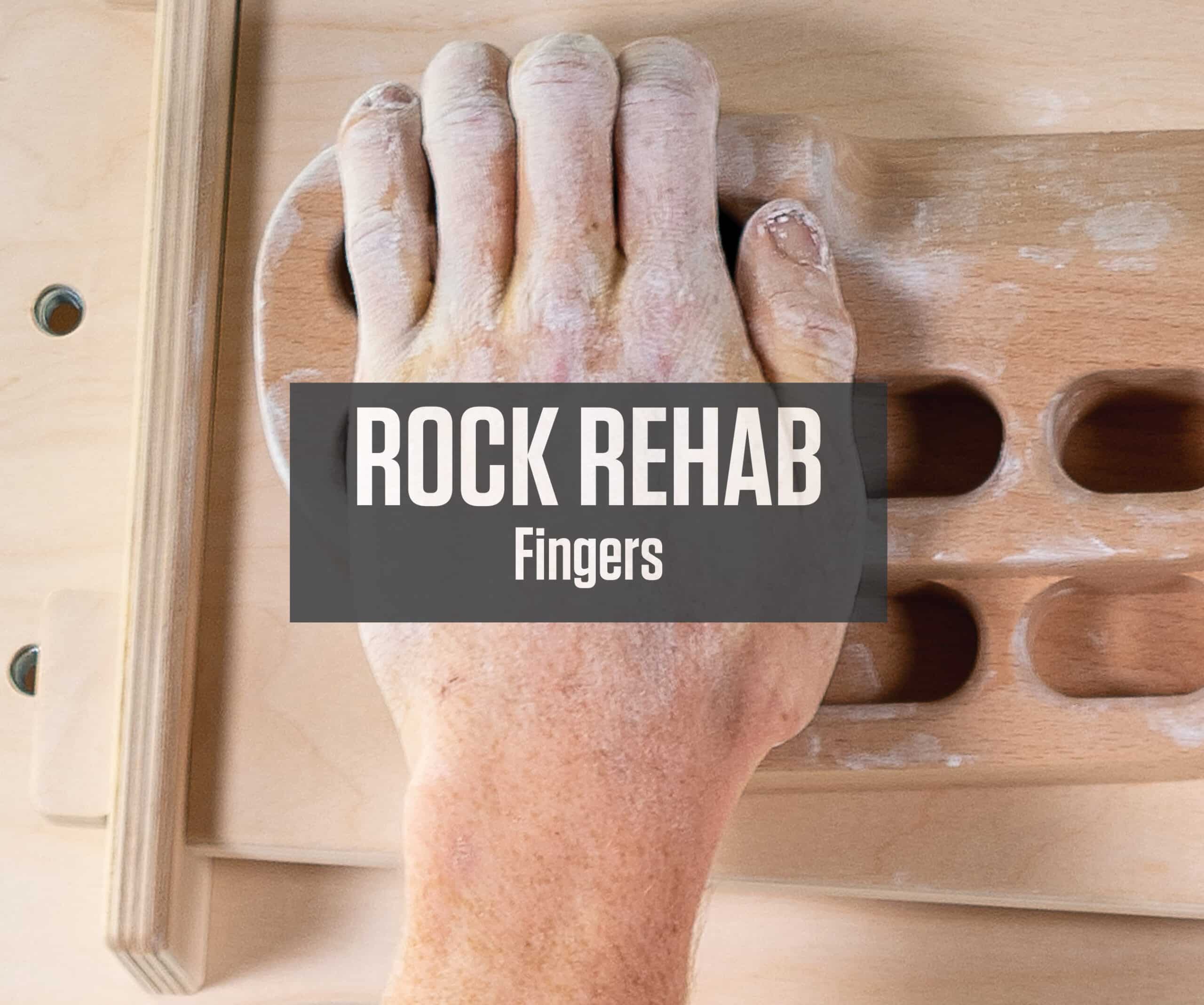
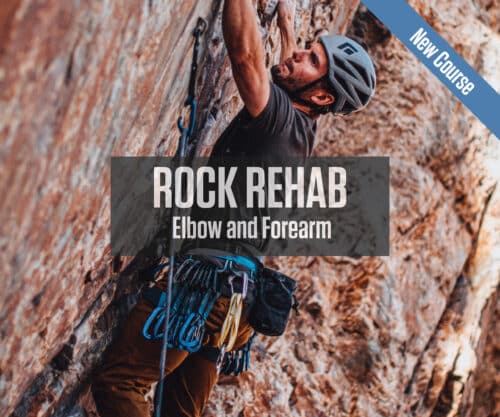
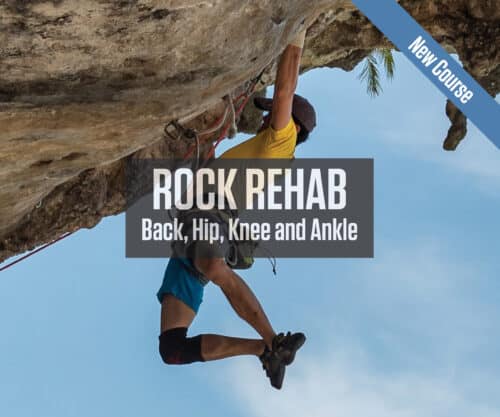
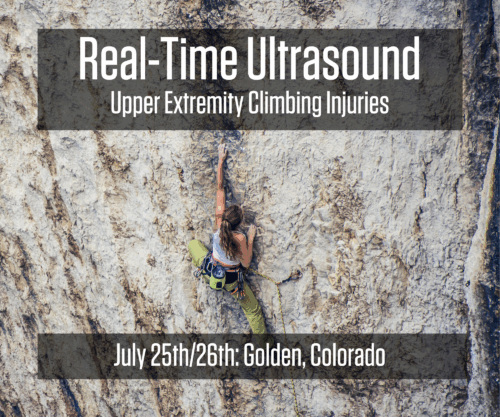
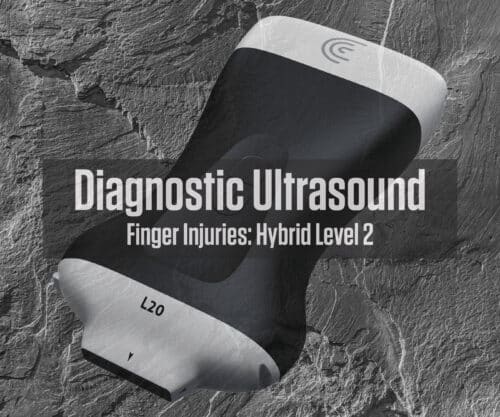
Jean-Sébastien Martin –
Nice and effective overview for rock climber finger rehab.
Badr Boukenter –
The diagnostic tests are very clear. If you have good diagnostics, the rehabilitation is easy. Many tips that will improve my practice.
Krista Kleinhammer –
Great information on proper rehabilitation of finger injuries common in rock climbers. Very clear, concise, yet thorough information. Well done and thorough!
Hannah Carey –
As someone who had very little education in my DPT program on fingers and hands, this class was not only helpful for understanding and treating climbers but also others with hand/finger conditions. There were many practical skills for both evaluation and treatment that can be implemented from this course and it was very easy to follow along between the videos and slides. I really appreciated all the case examples as well. Lots of practical skills to use in clinic. Great organization of this course and looking forward to others in the future!
Evan Ingerson –
The course was great! There were good resources for practitioners who have and don’t have an US device. For examination and treatment the specificity of the content for climbers makes it immediately applicable for these injuries that are almost exclusively unique to climbing.
Wesley Low –
The course helps you thoroughly understand how to diagnose and treat climbers. Ample of evidence to support reasoning and great examples.
Alexis Lasalle –
I loved pretty much everything about this course! The pdf and the videos were perfect. It’s the best course for physios who want to treat climbers.
Alyssa O’Krent –
The video content is stellar
Pearl Gillian Aquino Norimoto –
It gives insight into the demands of climbing on the hand. I find that when working with climbers, my biggest struggle was just understanding how the hand is stressed. I have no idea what climbing does to the hand so this was a beautiful peak into the world. Also very clear ways of presenting. Props to the instructor! The case studies are great!! The relevant anatomy overview and very clear description of how certain rock climbing holds affects the pulley system. Great course!
Cory McKinnon –
If you are looking for a straight forward approach to assessing and rehabing the fingers this is a great place to start. Definitely enjoyed some of the real life application of the information.
Pradeep Mathews –
Very thorough course diving deep into all things related to fingers for rock climbers. One course that provides so much content and knowledge and also practical! Any medical providers that work with hands and specifically with climbers, there is truly so much knowledge to take away from this course and very practically presented!
Isabelle Booker –
Really helpful for differential diagnosis if you don’t have a background in hand therapy.
Alessandro Zambelli –
More competence and so more efficacy
James Raiher –
A very professional and full featured course with lots of interesting theory, excellent review of anatomy and solid references. A thorough deep-dive into finger injuries in climbers – diagnosis, examination and treatment.
George Rear –
If you work with rock climbers you should know how to rehab pulleys. I also loved the case studies!!
Brian Bremmer –
In depth discussion of finger assessments with climber specific applications.
Caitlin Boulware –
The information in this course is research driven, but goes beyond just a review of the literature. It introduces a good framework to use the evidence to better guide practitioners to develop a functional and clinically driven rehabilitation program for their patients. I really resonate and find helpful the integration of research with rehabilitation recommendations/guidelines that are able to be tailored to each patient based on not just their objective measurements but also functional analysis of how they are moving during activity.
Harriet Smith –
Clear, concise information with easy to understand images and text. No excessive statistics and good resources to take home from it and apply to patients. Specific, useful and resourceful. This course does a great job of highlighting differential diagnosis and management for common climbing injuries. I like the ‘dirtbag’ tips for exercises that can be given with minimal equiptment.
Alison Haynes –
Beneficial course for any medical provider working with climbing injuries and wanting to have better differential diagnosis skills.
Patricia Foy –
Course is well structured. It helps to have a better knowledge of the biomechanics and possible injuries for climbers. It gives a general understanding of how to orientate the treatment and interventions. Very interesting and helpful!
Lydie-Anne Laliberté –
It is a very good clinical ressource for the physical therapists which work with climbers. Good balance of evidence of the litterature and practical tips.
Tijn de Vries –
The information was very well presented and easy to understand even though some things can be complicated